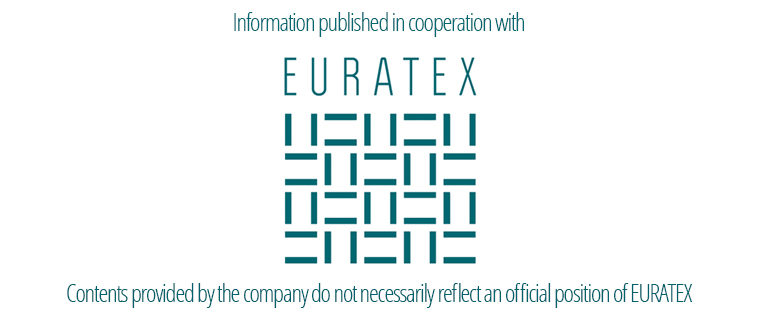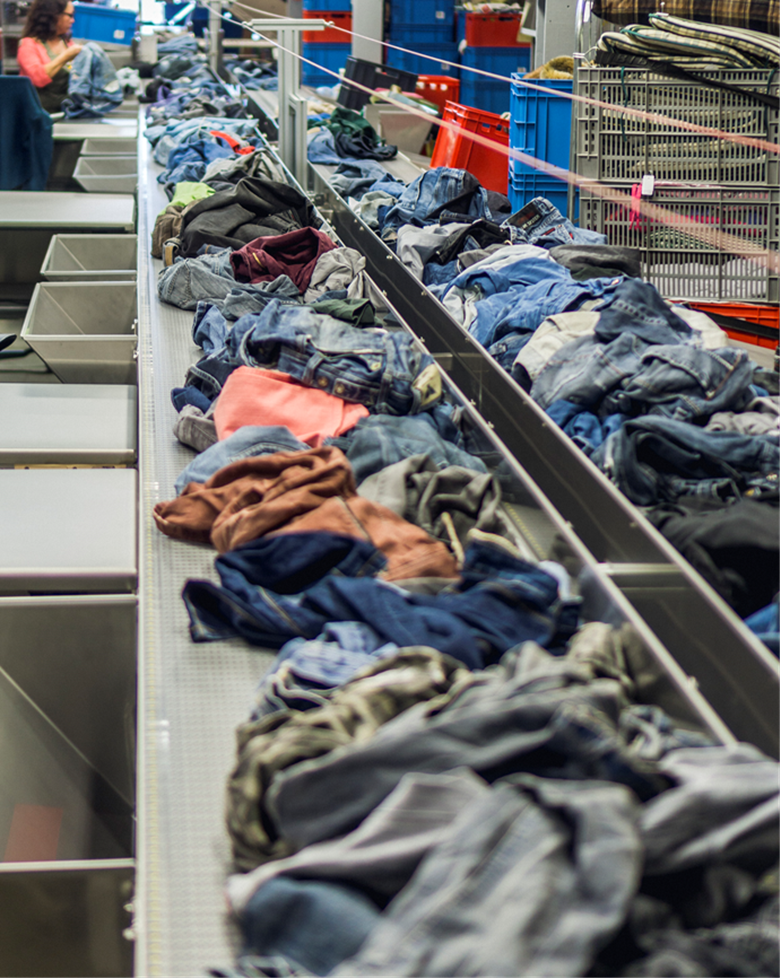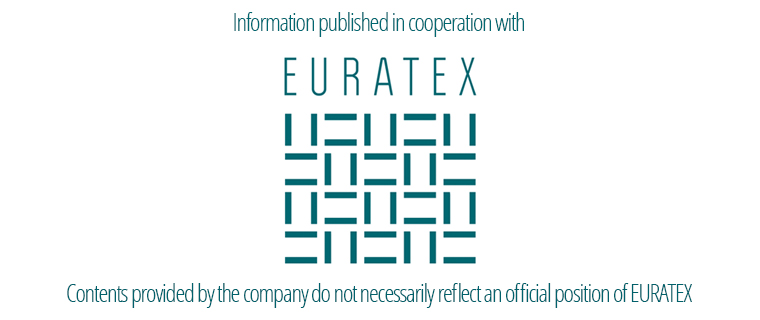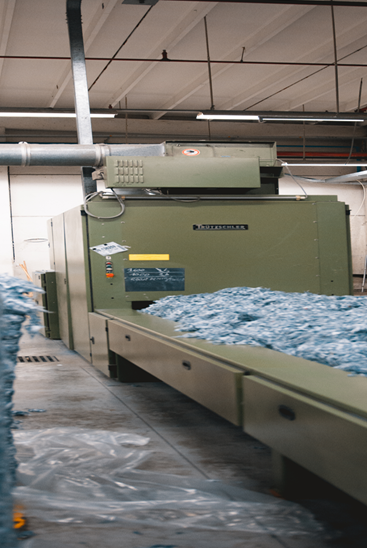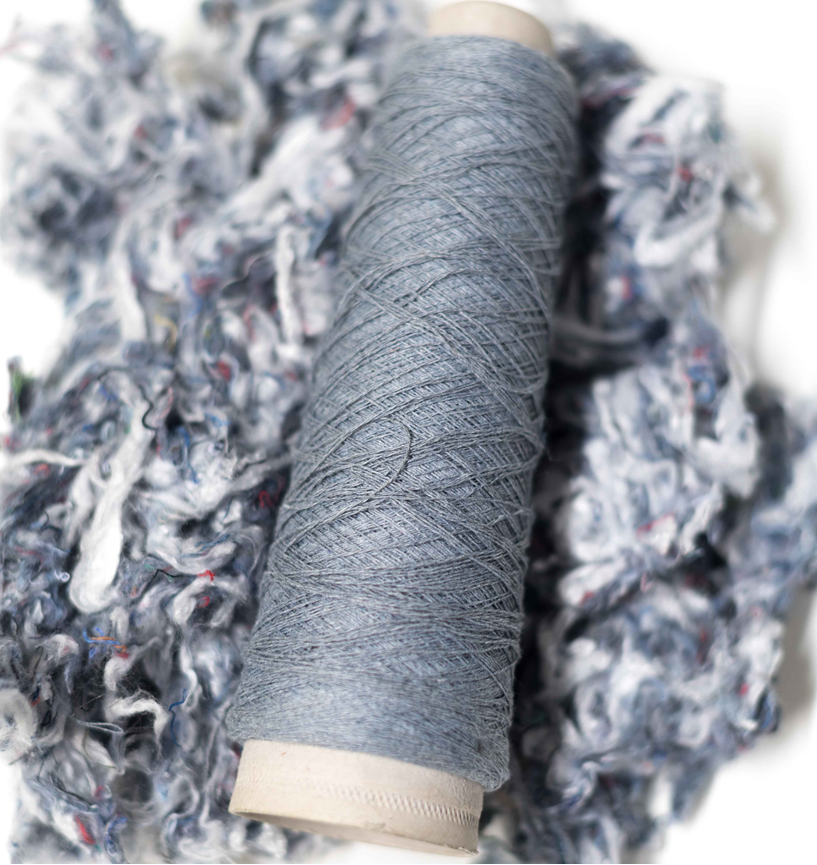Description
In September 2017, HNST (pronounce as “honest”) had a collection campaign where people could drop off their old and unworn denims at more than 80 collecting points in Flanders (Belgium). In two weeks time, more than 6000 old pair of denims were collected and sorted out by social economy. Approximately 50% of the collected jeans were not suitable for reuse and shredded and recycled. These fibres were mixed with Tencel and made back into yarn in Flanders. This yarn was used to weave our denim fabric made out of 56% recycled denim fibres, 21% Tencel and 23% virgin cotton. The jeans are made in Italy.
In March 2018, HNST launched its first denim collection made in Europe out of 56% recycled denim fibres and designed according to the circular economy principles.
Added value
RENEWABLE AND REGENERATED MATERIALS
- Denim fabric made out of 56% recycled denim, 23% Greek cotton, 21% Tencel®
- Pocket fabric made out of 20% recycled white T-shirts, 60% cotton and 20% Tencel®
DESIGN FOR RECYCLING
- Reusable and replaceable buttons
- Back pocket label made out of FSC and GOTS certified jacron
- Embroidered rivets
- Cradle to Cradle® Gold certified stitching yarn
- No unnecessary labels on the inside
HEALTH
- No hazardous substances or heavy metals used in the dyeing and finishing process, complying with the Greenpeace Detox guidelines
- PVC-free silk print on the inside pockets
- Chlorine-free process
DURABILITY
- Re-enforced crotch
- With every purchase customers receive a spray to refresh the jeans without having to put it in the laundry. This spray is made from probiotics and completely natural.
END OF LIFE
- When worn out, customers who return their jeans get a discount on a next purchase
IMPACT
- 5,6kg CO2 equivalent per jeans
- 1960 liters of water to produce 1 jeans (99% can be allocated to the 23% virgin cotton content of the denim fabric)
- Every HNST jeans is carbon positive (in cooperation with WeForest)
Challenges
- No level playing field with regards to costs: companies internalizing societal costs have a competitive disadvantage as compared to companies externalizing as many costs as possible. Customers don’t have any understanding of real costs resulting in us having to explain our perceived high prices from an environmental and societal point of view.
- Unclear definition of waste: we were not allowed to collect old denims from companies (legislative) as we were not a registered waste collector. In our view, and from a circular economy view, we operate in an area before it actually can be categorized as ‘waste’. Yet, this is a very unclear borderline.
Partners
